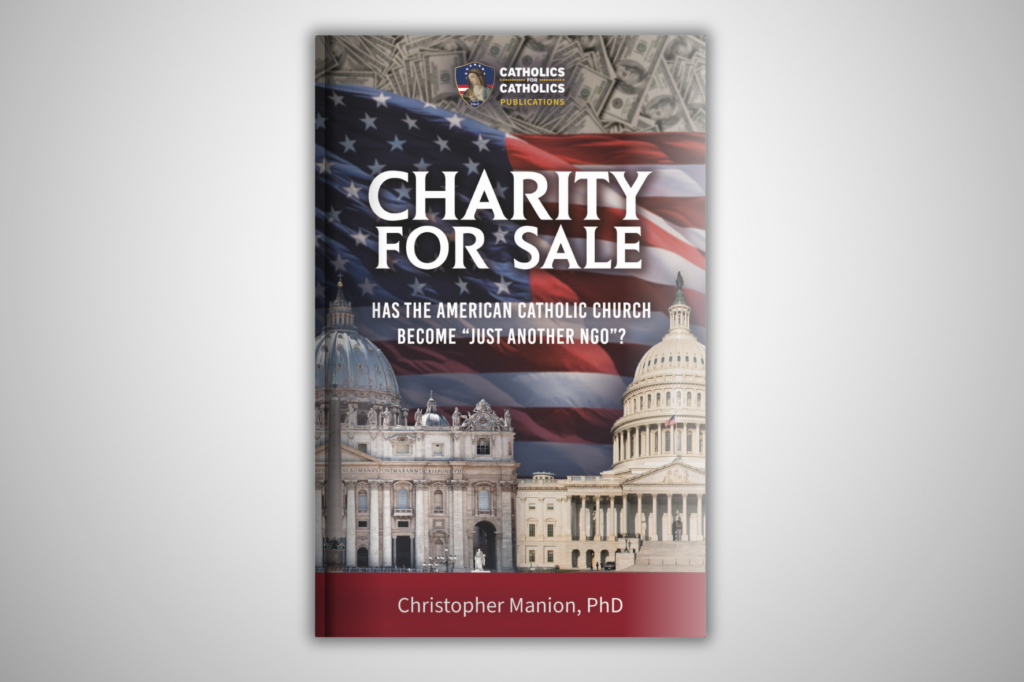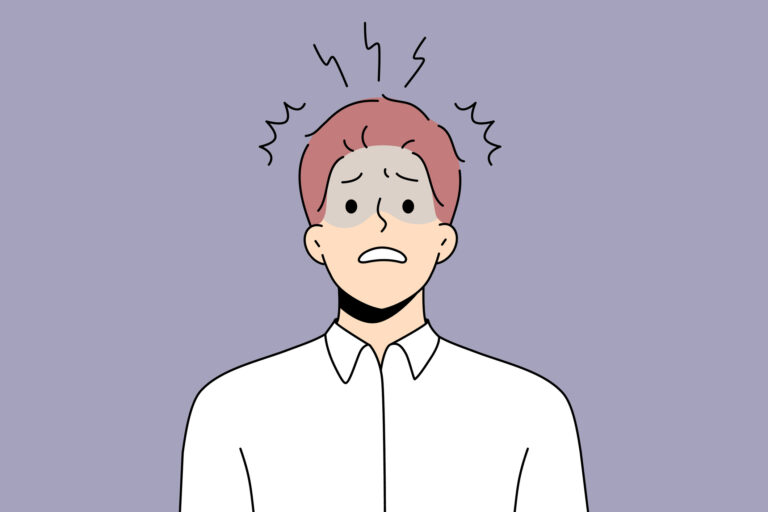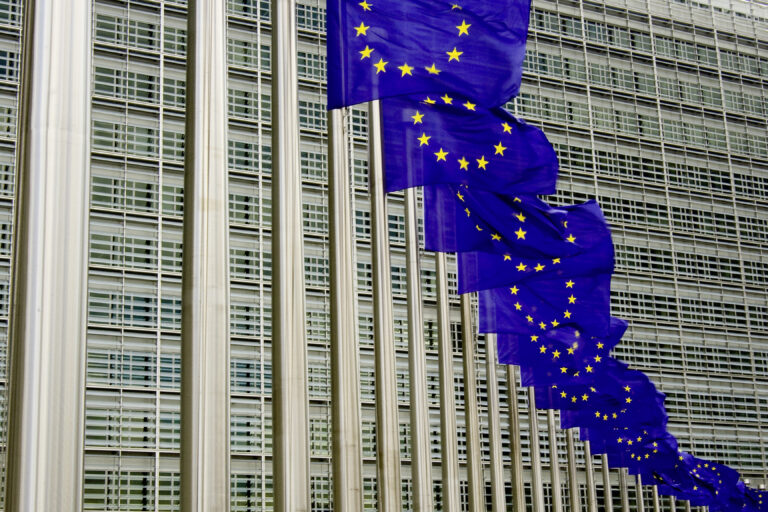The shutdown of USAID—and the cries of outrage that came from certain quarters—revealed one surprising fact: The U.S. Conference of Catholic Bishops (USCCB) through its network of domestic and foreign charitable agencies, was the largest recipient of funds, bar none.
Over the lifetime of the now dead federal agency, billions upon billions of dollars poured into these charity’s coffers. In fact, the vast majority of the funding that these charities receive comes not from Catholics, but from the government.
And every penny of this money comes with secular strings attached. This is why PRI has never taken one dollar from any government agency. After all, it’s illegal to use tax dollars for religious purposes. We would have to give up all but a pretense of practicing our faith if we were to become dependent upon government handouts.
So why would the Church ever think it was a good idea to ask Caesar for money?
And have Catholic “charities,” by becoming virtual subsidiaries of the federal government, allowed themselves to devolve into something virtually indistinguishable from a secular Non-Governmental Organization (NGO)?
In his new, groundbreaking book, Charity for Sale, our own Dr. Christopher Manion takes a close look at these questions. As a long-time staff director on the Senate Foreign Relations Committee, which oversees USAID, he is superbly qualified to do so.
As Dr. Manion recounts, the American Church in the late nineteenth and early twentieth centuries had the good sense to keep the government at arm’s length. And the Church was flourishing.
James Cardinal Gibbons (1834-1921), one of the nineteenth century’s most prominent Catholic figures, plays a key role in Manion’s account. As the Archbishop of Baltimore, the country’s oldest diocese, Gibbons was for many years the “Primate of America.” He worked for years to pacify significant anti-Catholic sentiments, on the one hand, while affirming the patriotism of Catholic immigrants, on the other.
In the nineteenth century, the American Church, in Gibbons’ words, was “blossoming like a rose.” He sought good relations with President Harrison in the 1890s. But at the same time, he fiercely guarded the Church’s independence, insisting that it receive no financial assistance from the government. He was familiar with the way the Church had been compromised in various European countries and did not want to repeat this error.
That mutual respect between Church and State for the Church’s independence, on the one hand, and for the government’s responsibility to provide security and freedom for all its citizens, on the other, continued through the dawn of the twentieth century. When the European war broke out in 1914, however, that mutual respect was threatened.
“He kept us out of war,” was Woodrow Wilson’s 1916 campaign slogan. This slogan reflected a widespread desire to “stay out of European wars.” Dr. Manion’s own father, a student at Catholic University of America at the time, was a leader of “Catholics for Wilson.” He even led the crowd at the Democrat headquarters in Washington as they chanted, “We want Wilson, one time more! We want peace, we don’t want war!”
But that didn’t last long. When Wilson chose to involve the U.S. in the war, Gibbons felt obligated to support him. He was afraid long-simmering anti-Catholic prejudices might resurface if he didn’t. In fact, he became Wilson’s most zealous supporter.
After peace was achieved in 1919, Gibbons chose to keep the hierarchy’s central offices in Washington, D.C., close to the White House and the U.S. Congress. He formed the National Catholic Welfare Council, the predecessor of today’s USCCB, and asked Father John Ryan to write its first pastoral letter that same year.
Ryan’s document constituted a clarion call for social progressivism, a theme which has been prominent in Church documents ever since and now goes under the title of “social justice.” By the 1930’s, Ryan had become the spokesman for America’s bishops. He publicly cheered President Franklin D. Roosevelt, delivering countless speeches advocating the New Deal throughout the country. Government programs and government money were going to solve all of America’s social ills, or so it was thought.
While leaning to the left on political issues, Catholic bishops continued to defend the Church’s moral teaching on marriage and the family during these years. Social progressive though he was, Father Ryan tenaciously defended the Church’s teaching on marriage and family. His fellow leftists increasingly disagreed with him—and the Church—on these issues, however. Margaret Sanger had founded the precursor to Planned Parenthood in 1910, and the eugenics movement was growing ever stronger.
The crises came in the 1960’s, when the Church was forced to choose between remaining pro-life or forgoing much federal funding. The international issue was population control.
After the Second World War, population growth was seen as a major threat to world peace. With the founding of AID in 1962, a bipartisan Congress supported the concept of “family planning” as a national security measure. Members of both parties believed that expanding populations would lead to wars as countries sought Lebensraum—living space—to accommodate their numbers. The war on people, disguised as “family planning,” had begun.
USAID’s mission was not primarily economic development but population control, and those who wanted federal funding, like Catholic Relief Services, had to go along.
Federal funding corrupted Catholic charities at home as well. Saint Pope Paul VI, in his July 1968 encyclical Humanae Vitae sought to defend the timeless teaching of the Church on sexual morality. The encyclical met massive resistance, even within the Church itself. The American hierarchy by and large fell silent on the issue, choosing instead to focus on political activism and “social justice.” For this they were richly rewarded with massive federal funding, which quickly became the primary source of income for the Church’s charities.
As Dr. Manion points out, federal law requires that federally funded programs have no religious content. Politics, not moral teaching, has dominated the bishops’ “seamless garment” preaching ever since.
Dr. Manion’s book is a fascinating read and a reminder of the timeless teaching that, “One cannot serve both God and Mammon.”







